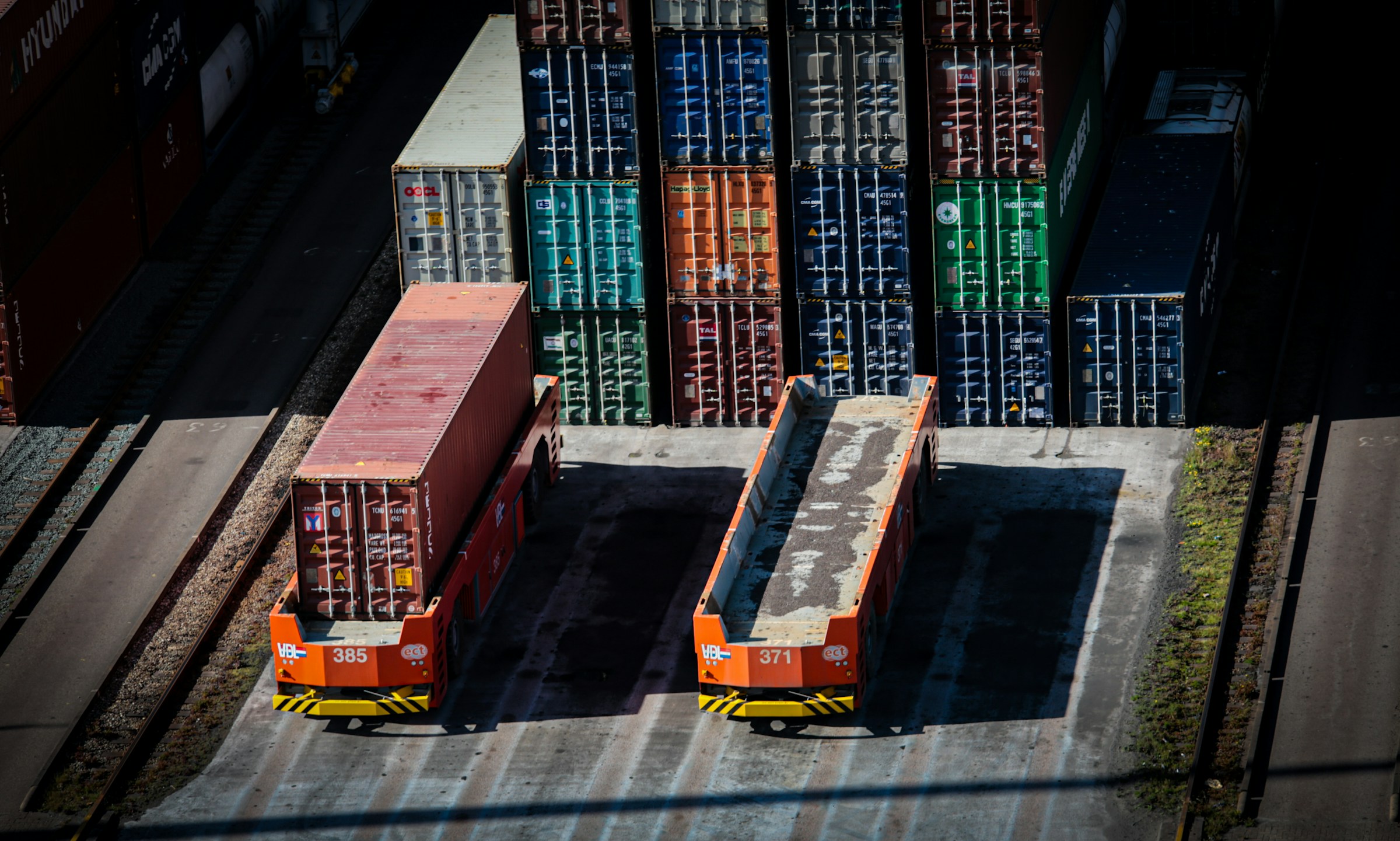The return of Donald Trump to the political forefront—and his revived rhetoric on China tariffs—has acted as a strategic fault line for Chinese manufacturers operating or planning in Southeast Asia. What had been marketed as a long-term diversification strategy—shifting assembly and lower-tier production to Vietnam, Malaysia, and Thailand—is now confronting structural doubts. The China+1 narrative that dominated the post-2018 trade war period is undergoing a fresh stress test. But this time, the underlying concern is not just tariff circumvention—it’s the credibility of Southeast Asia as a stable geopolitical hedge.
The risk is no longer theoretical. Trump’s policy team has signaled intent to apply universalized tariffs on Chinese-origin goods, regardless of processing location. This breaks the implicit assumption that routing through Southeast Asia would neutralize political exposure. The result? A notable pause in capital formation, equipment transfers, and factory tenancy decisions across the region. The tariff threat has evolved from a trade issue into a capital deployment deterrent.
The initial wave of relocation from China to Southeast Asia—from 2018 to 2021—was concentrated in electronics assembly, textile finishing, plastics, and low-value component manufacturing. Much of this was predicated on the idea that rules of origin thresholds could be navigated, and that political heat would not extend beyond China’s direct borders.
But three friction points have now surfaced:
First, rules of origin are being weaponized. U.S. trade enforcers have expanded scrutiny on transshipment and minor assembly as insufficient to bypass punitive tariffs. This reduces the arbitrage advantage of simply moving final assembly to Hanoi or Penang.
Second, cost inflation in host countries has narrowed the delta. Labor cost advantages in Vietnam and Thailand are shrinking, while energy subsidies in Malaysia are being phased out. Meanwhile, infrastructure constraints—especially in logistics and power reliability—are capping throughput velocity, creating operational drag.
Third, financial signaling has shifted. Sovereign investors and state-owned capital from China are slowing deployment to ASEAN-linked industrial projects. At the same time, US-based funders are pressuring multinationals to revalidate supply chain integrity—not just from an ESG lens, but a geopolitical one.
Southeast Asia, once a neutral arbitrage zone, is now being reassessed as a contingent liability—vulnerable not only to tariff redirection but also to dual-front compliance risk: with both US and China demanding strategic loyalty.
There has not yet been a formal capital control announcement from Beijing, but institutional behavior suggests a quiet throttling of outbound investment into Southeast Asia’s industrial parks and logistics zones. Chinese private equity funds, previously active in Malaysia’s E&E corridors and Indonesia’s light manufacturing hubs, have begun pausing disbursements. Term sheets are being restructured to include clawback clauses tied to regulatory shifts.
Host governments are responding with fiscal defensive postures. Vietnam has announced a review of tax incentive regimes in its northern industrial zones, citing both budgetary pressures and under-delivery on job creation metrics. In Malaysia, federal-state coordination on new investment approvals has slowed, as environmental clearance and labor quota reviews add friction to greenfield manufacturing setups.
Development banks in the region—many of which co-financed infrastructure projects tied to foreign tenant inflows—now face funding mismatch risks. Some industrial zones had securitized lease expectations based on full tenancy from Chinese manufacturing anchors. With occupancy below forecast and future commitments uncertain, the yield spread is widening.
Liquidity buffers are not yet stressed, but the policy posture is increasingly conservative. Instead of courting volume, regional regulators are pivoting toward capital quality screening—a tacit admission that not all FDI is worth the risk of overdependence or political blowback.
The reaction from Chinese manufacturers has not been wholesale retreat—but strategic reshuffling is unmistakable. Instead of relying on ASEAN as the primary escape route, a quiet return to inland China is gaining momentum. Provinces like Hunan, Anhui, and Jiangxi—long overshadowed by Guangdong and Zhejiang—are receiving state support to upgrade freight, warehouse, and customs processing infrastructure. This reflects a shift from geographic diversification to vertical integration with internal buffers.
At the same time, GCC zones—particularly in Saudi Arabia’s Ras Al Khair industrial city and the UAE’s Jebel Ali free zone—are being explored as safe harbor expansions. The logic is clear: GCC states offer geopolitical insulation, energy cost stability, and port-to-air multimodal logistics at globally competitive standards. Political alignment with Beijing further de-risks investment visibility.
Another emerging tactic is decoupled branding. Some Chinese firms are spinning out ASEAN-located manufacturing as standalone entities with distinct trademarks, hoping to detach the “Made in China” origin risk from front-facing supply chain optics. But this is a short-term maneuver unlikely to survive intensified enforcement.
Sovereign allocators, particularly those tracking trade-credit exposure and industrial zone tenancy rates, are recalibrating ASEAN exposure models. SEA remains a vital throughput corridor—but no longer holds safe-haven status.
The illusion of Southeast Asia as a structural hedge against US-China decoupling is dissolving. What was once marketed as diversification is being reframed as offshore dependency without sovereign control. For Chinese firms, the geopolitical premium of operating in ASEAN is now approaching parity with staying domestic and controlling for logistics, labor, and policy visibility.
For regional governments, the risk is more nuanced than a capital exodus. The greater threat is stranded infrastructure—industrial parks built on the assumption of long-term Chinese tenancy, now facing throughput uncertainty and renegotiated timelines. Revenue assumptions tied to land premiums, employment multipliers, and downstream services are being quietly revised.
Southeast Asia’s role in the global manufacturing chain is not disappearing—but it is no longer an assumed beneficiary of decoupling. It is now a contested zone of influence, where capital allocators are weighing not just cost and efficiency, but survivability of exposure in a post-globalization regime.
This reallocation of manufacturing capital suggests a new orthodoxy forming—not built on cost arbitrage, but on alignment resilience. Capital posture is not just reacting to tariffs—it is pre-empting fragility.











.jpeg&w=3840&q=75)


